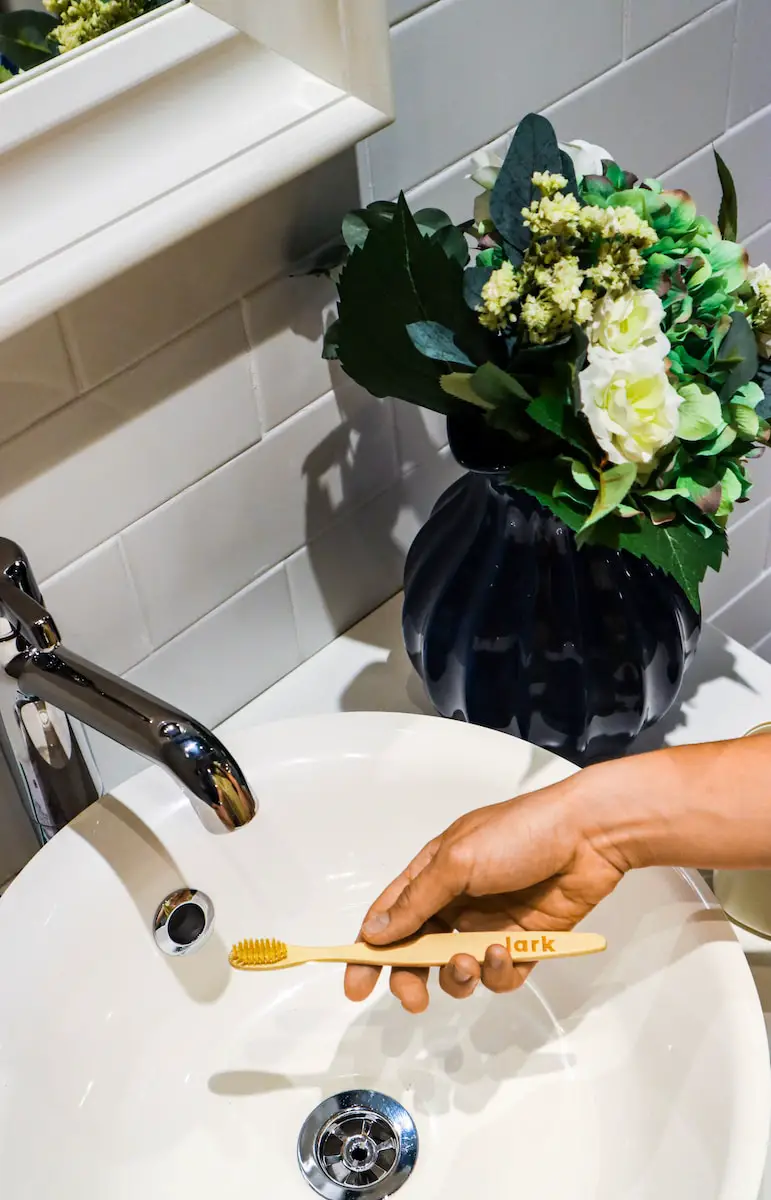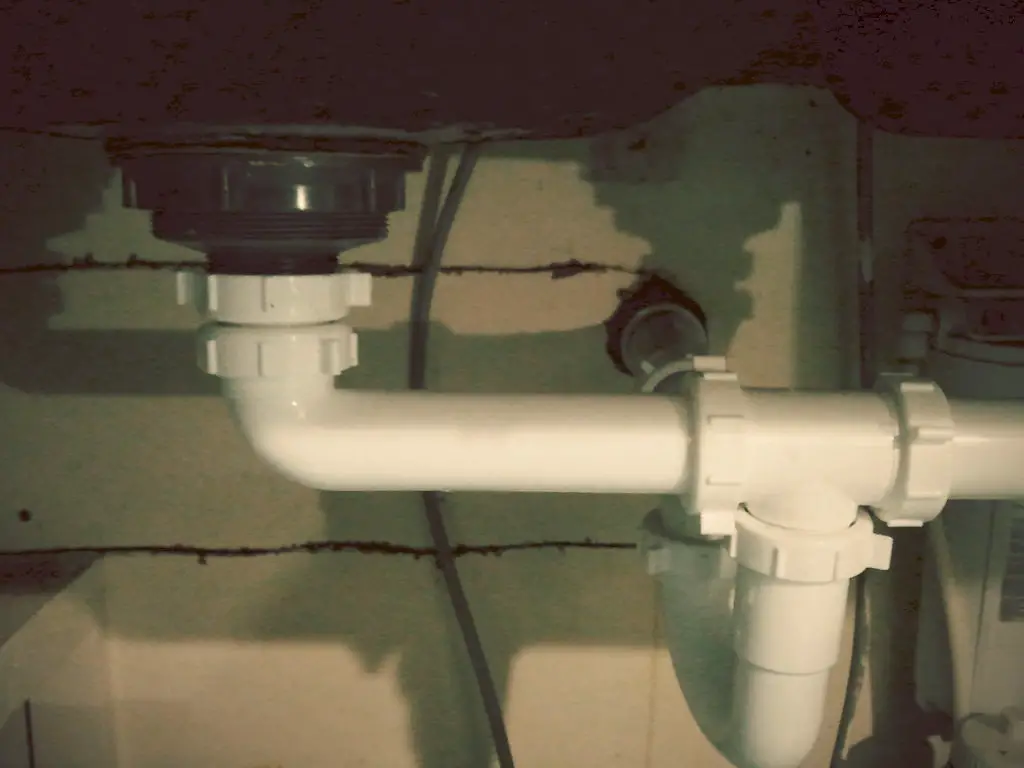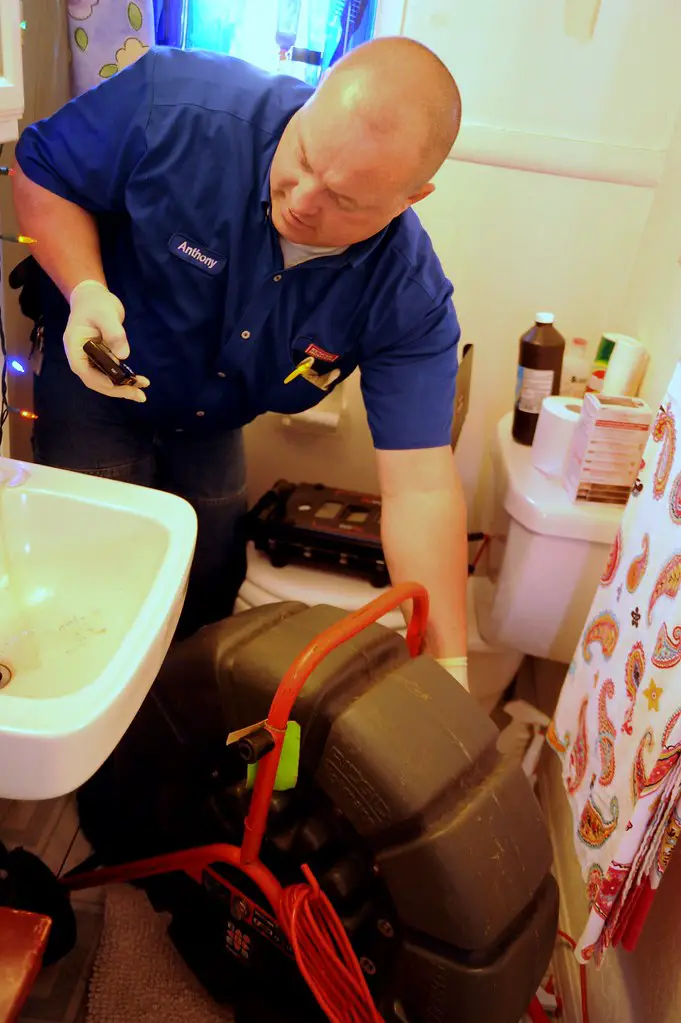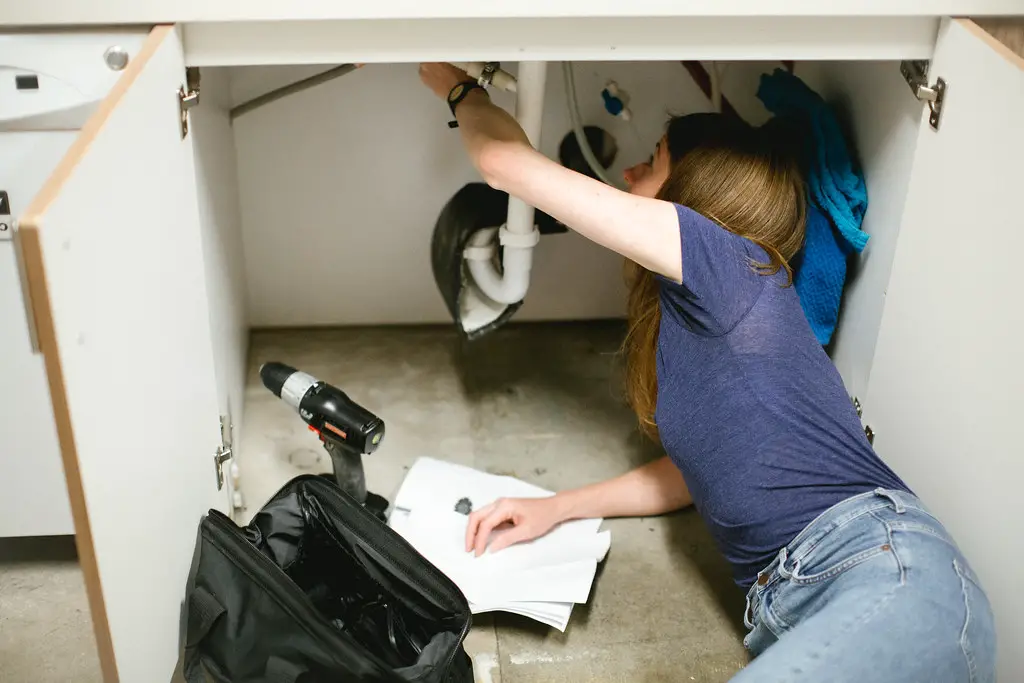Introduction
A bathroom sink is a daily essential in every household. It’s where we wash our hands, brush our teeth, and even use it to clean our faces. The importance of a functional bathroom sink cannot be overstated.
It not only serves a practical purpose but also adds value to your home. A well-maintained and fully functioning sink can add style and convenience to your bathroom.
However, like any other fixture in your home, a bathroom sink can experience problems over time. These issues can range from minor annoyances to major plumbing disasters that require immediate attention from a professional plumber.
Importance of a Functional Bathroom Sink
A functional bathroom sink is an essential part of any household. It’s not only necessary for hygiene purposes but also for enhancing the overall look of the space.
A broken or non-functional sink can ruin the aesthetics of your bathroom and make it inconvenient to use for day-to-day activities. In addition, an unaddressed problem with your bathroom sink can cause further damage to your plumbing system if left unchecked.
For example, ignoring a leaky faucet may result in high water bills and water damage over time. Therefore, it’s crucial to address any issues as soon as possible before they escalate into larger problems that require more expensive repairs.
Common Problems Faced by Bathroom Sink Users
Bathroom sinks are prone to several common problems that homeowners experience frequently: Clogged Drains: One of the most common issues faced by users is clogged drains due to hair buildup or soap scum accumulation. Leaky Faucet: Another issue that homeowners face often is leaky faucets due to worn-out washers or loose connections.
Low Water Pressure: Low water pressure is yet another issue commonly faced by users which could be caused by mineral buildup or leaks in pipes. Foul Odor from Sink Drain: Lastly, an unpleasant odor emanating from the sink drain is another issue that bathroom sink users face due to stagnant water or waste buildup.
Overview of the Article
This article will cover various common problems faced by bathroom sink users and how to fix them. We will provide DIY solutions for minor issues that can be fixed easily at home, as well as when to seek professional help. We will first discuss clogged drains and provide a step-by-step guide on how to unclog them using household items.
Next, we will talk about leaky faucets and how homeowners can fix them without calling a plumber. After that, we’ll cover low water pressure issues and guide readers on ways they can increase their water pressure at home.
We’ll address foul odors emanating from sink drains and offer solutions for getting rid of them permanently. With these practical tips and tricks, you’ll be able to tackle any bathroom sink problem with ease!
Clogged Drain
Causes of clogged drains
One of the most common problems faced by bathroom sink users is a clogged drain. This happens due to various reasons, including hair buildup, soap scum, and foreign objects that get stuck in the drain.
As time goes on, these materials can accumulate and block the drain, leading to slow water flow or complete blockage. Another cause of clogged drains is flushing non-biodegradable items down the toilet, which can end up in your bathroom sink drain.
Examples include sanitary products, wipes, dental floss or paper towels. These materials don’t dissolve in water and can easily cause a clog in your bathroom sink.
DIY solutions for unclogging the drain
If you find yourself dealing with a clogged bathroom sink drain, there are plenty of DIY solutions that you can try before calling a professional plumber. The first and easiest method is using a plunger. To plunge your bathroom sink effectively:
1) Cover the overflow opening on the sink with duct tape. 2) Fill up the basin with water so that it covers about an inch above the plunger head.

3) Place the plunger over the drain hole firmly and start plunging up and down for about 20-30 seconds. 4) Remove the plunger to check if water starts to go down freely.
If this doesn’t work then try using a baking soda and vinegar solution which is an effective and natural way to clean out your bathroom sink’s drainage system. Combine equal parts of baking soda and white vinegar into a measuring cup or bowl.
Then pour it into your sink’s plug hole making sure you cover it tightly with either duct tape or plastic wrap immediately so as not to let any gas escape from within. Wait for at least 30 minutes before running hot water through it to clear away the clog.
Another DIY solution is using a drain snake. This tool is used to clear stubborn clogs in your sink’s drainage system.
A drain snake is a long, flexible wire that you can feed into your sink’s drain hole until it reaches the blockage. Once it hits the blockage, twist and turn it to break through and then remove any debris.
When to call a professional plumber
If none of these DIY methods worked, then it’s time to call in the professionals. Plumbers have specialized tools such as power augers that can help break up stubborn clogs inside your pipes.
They also have video cameras that they can use to identify exactly where the clog is and figure out how best to unclog it without causing damage to your plumbing system or causing additional problems. So, if you’ve tried all of these methods and still have a clogged bathroom sink drain, don’t hesitate – contact a professional plumber right away!
Leaky Faucet: A Common Bathroom Sink Problem
A leaky faucet is a common problem that can waste a lot of water and increase your water bill. The constant dripping sound can also be annoying, especially at night when everyone is trying to sleep. There are several causes for a leaky faucet including worn-out washers or seals, mineral buildup on the faucet parts, and loose connections.
Causes of Leaky Faucets
Worn-out washers or seals are the most common cause of leaky faucets. Over time, these small rubber parts become worn out from the constant friction caused by turning off and on the faucet handle.
When this happens, they can no longer form a tight seal around the valve seat causing water to drip from the faucet. Mineral buildup on the faucet parts can also cause leaks by preventing them from forming a tight seal as well as clogging up screens and aerators which can reduce water flow.
Loose connections between the various components of your faucet can also be responsible for leaks. If you notice that your leak is coming from where two pipes or fixtures join together, then it’s likely due to loose connections that need tightening.
DIY Solutions for Fixing Leaky Faucets
If you catch a leak early on, you may be able to fix it yourself without having to call in a professional plumber. Here are some DIY solutions: Tighten Loose Connections: Use an adjustable wrench or pliers to tighten any loose nuts or bolts where pipes connect under your sink.
Replace Worn-out Washers or Seals: Turn off the water supply under your sink before attempting any repairs and remove the faucet handle by unscrewing it with a screwdriver. Then use pliers to remove any old washers or seals and replace them with new ones before reattaching everything again.
Clean Mineral Buildup on Faucet Parts: Use a brush and vinegar solution to clean any mineral buildup on your faucet parts. Be sure to remove the aerator and soak it in vinegar for a few hours before reattaching it.
When to Call a Professional Plumber
If you’re unable to fix the leak yourself or have tried the above solutions without success, then it’s time to call in a professional plumber. A plumber has the tools and expertise needed to quickly diagnose the problem and provide an effective solution. Additionally, if you suspect that there may be more serious underlying issues with your plumbing, then it’s always best to call in a professional rather than attempting repairs yourself.
Low Water Pressure
Causes of Low Water Pressure

Low water pressure in a bathroom sink can be caused by a variety of reasons. One common cause could be a clogged aerator, which is the small screen that sits at the tip of your faucet. Mineral buildup and debris can accumulate in the aerator over time, causing blockages and restricting water flow.
Another cause of low water pressure could be outdated or obstructed pipes that have become corroded or damaged. In some cases, low water pressure may only affect one fixture in your home, such as your bathroom sink.
This may indicate a problem with that specific faucet or valve rather than an issue with your plumbing system as a whole. If you notice consistent low pressure across multiple fixtures in your home, this could point to more widespread plumbing problems.
DIY Solutions for Fixing Low Water Pressure
If you’re experiencing low water pressure from your bathroom sink, there are some DIY solutions you can try before calling a professional plumber. The first step is to check the aerator for any mineral buildup or other debris that may be causing blockages. Simply unscrew it from the faucet tip and rinse it off under running water.
Another DIY solution is to check the valves under your sink to ensure they are fully open and not restricting water flow. If they’re partly closed, turn them until they are fully open to see if this changes anything.
Check for leaks in pipes leading up to and under the sink. Leaks can lead to lower water pressure as well as increased water bills and damage to surrounding areas if not addressed promptly.
When to Call a Professional Plumber

If none of these DIY solutions work or if you’re uncertain about how best to proceed, it’s time to call in a professional plumber who can diagnose and fix the issue. Plumbers have access to specialized tools and equipment that can help locate and fix problems more efficiently, saving you time and money in the long run. They can also identify larger plumbing problems that may be causing low water pressure throughout your home.
In general, if you’re experiencing consistently low water pressure or notice any strange sounds or leaks coming from your sink or pipes, it’s best to call a plumber sooner rather than later. Delaying repairs can lead to more extensive damage and costly repairs down the road.
Foul Odor from Sink Drain
Causes of Foul Odor from Sink Drain
One of the most common problems faced by bathroom sink users is a foul odor emanating from the sink drain. The smell can be unbearable, especially if it spreads to other parts of the house. The primary cause of this problem is usually a buildup of bacteria, mold, or debris in the drain.
When water and waste material are flushed down the sink, some residue may remain on the walls of the drain. Over time, this residue accumulates and starts to decompose causing an unpleasant odor.
Another cause of foul odor in bathroom sinks that might not be immediately apparent is an improperly installed p-trap or an ineffective p-trap. A p-trap is a curved pipe located beneath the sink that holds some water, creating a barrier between your living space and sewer gases.
It prevents sewer gases from flowing back up through your pipes into your home’s living space. An improperly installed or ineffective p-trap will fail to hold water and prevent these gases from entering your home.
DIY Solutions for Foul Odor
The good news is that there are several easy DIY solutions for getting rid of foul odors in your bathroom sink drain: 1) Start by pouring boiling water down the drain: Boiling water effectively kills bacteria and removes any debris that may be stuck in your pipes.
2) Mix baking soda and vinegar: Combine one cup each of baking soda and vinegar into a bowl pour it down the drain slowly while being cautious since chemical reactions can occur. 3) Use bleach solution: Mix 1 cup bleach with one gallon (4 liters) hot water then pour it carefully down into your sink’s drain. 4) Clean P-Trap: You can unscrew a P-trap assembly under the sink to clean out any build-up or debris.
Conclusion
A foul odor from your bathroom sink drain can be embarrassing and annoying. However, the good news is that there are plenty of DIY solutions available to get rid of this problem.
Keep in mind that if the smell persists, it may be time to call a professional plumber. With a little effort and regular maintenance, you can keep your bathroom sink smelling fresh and clean all year round.

